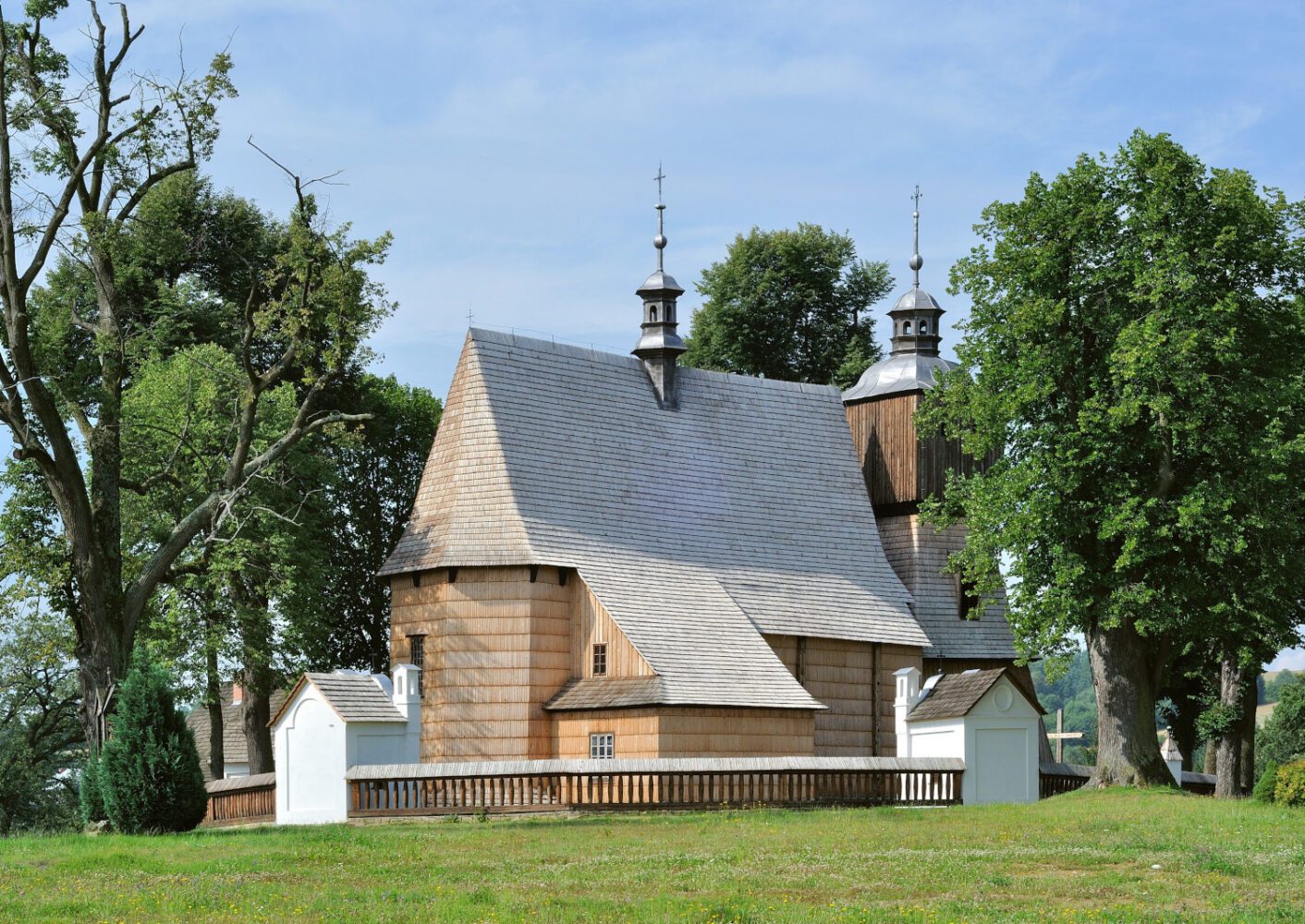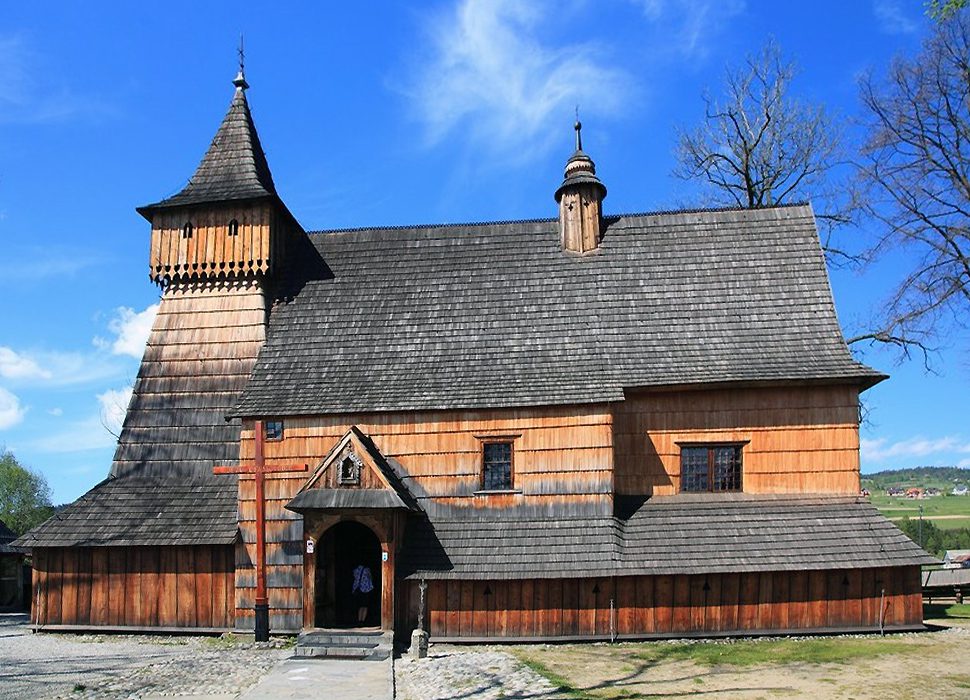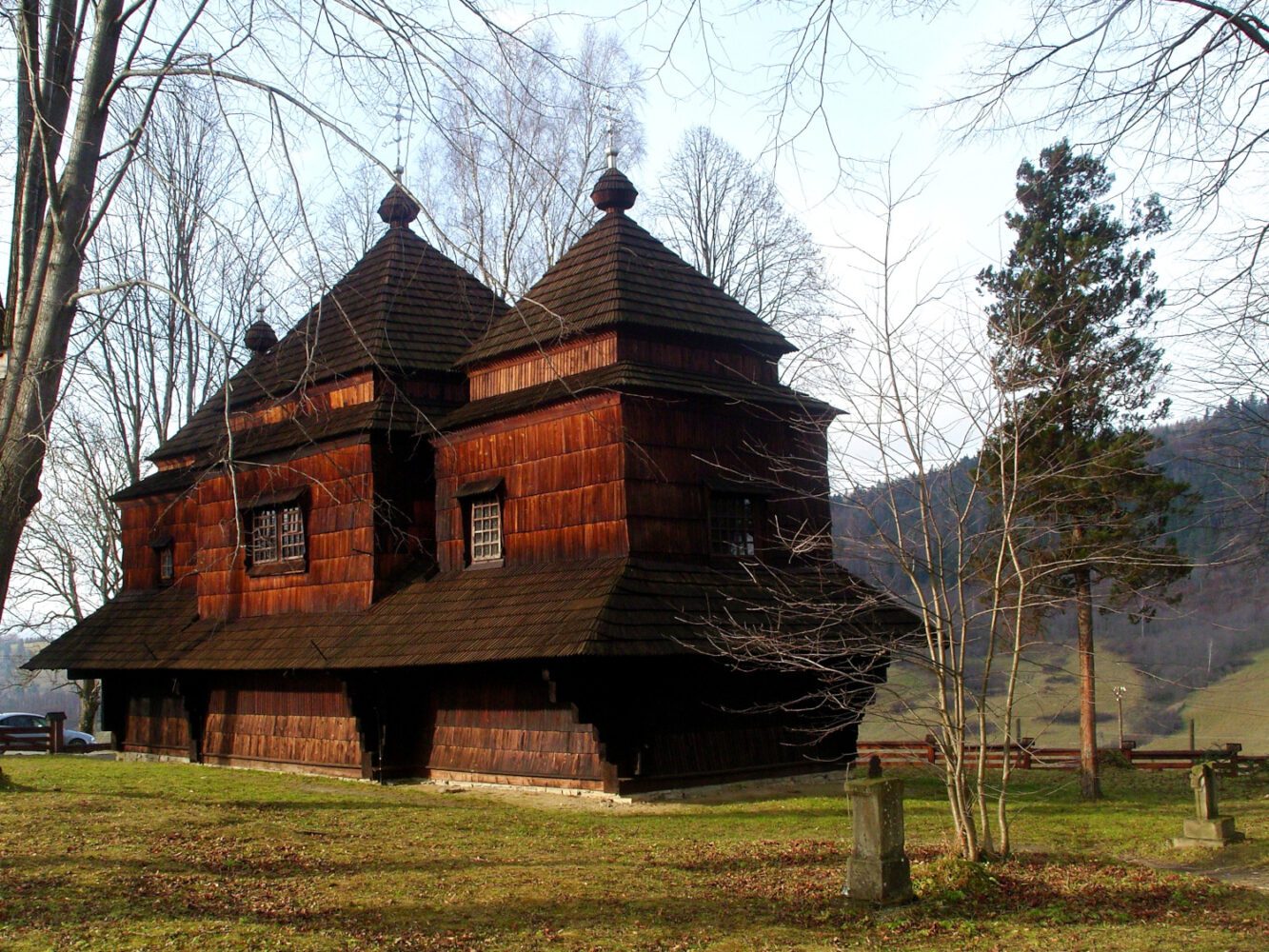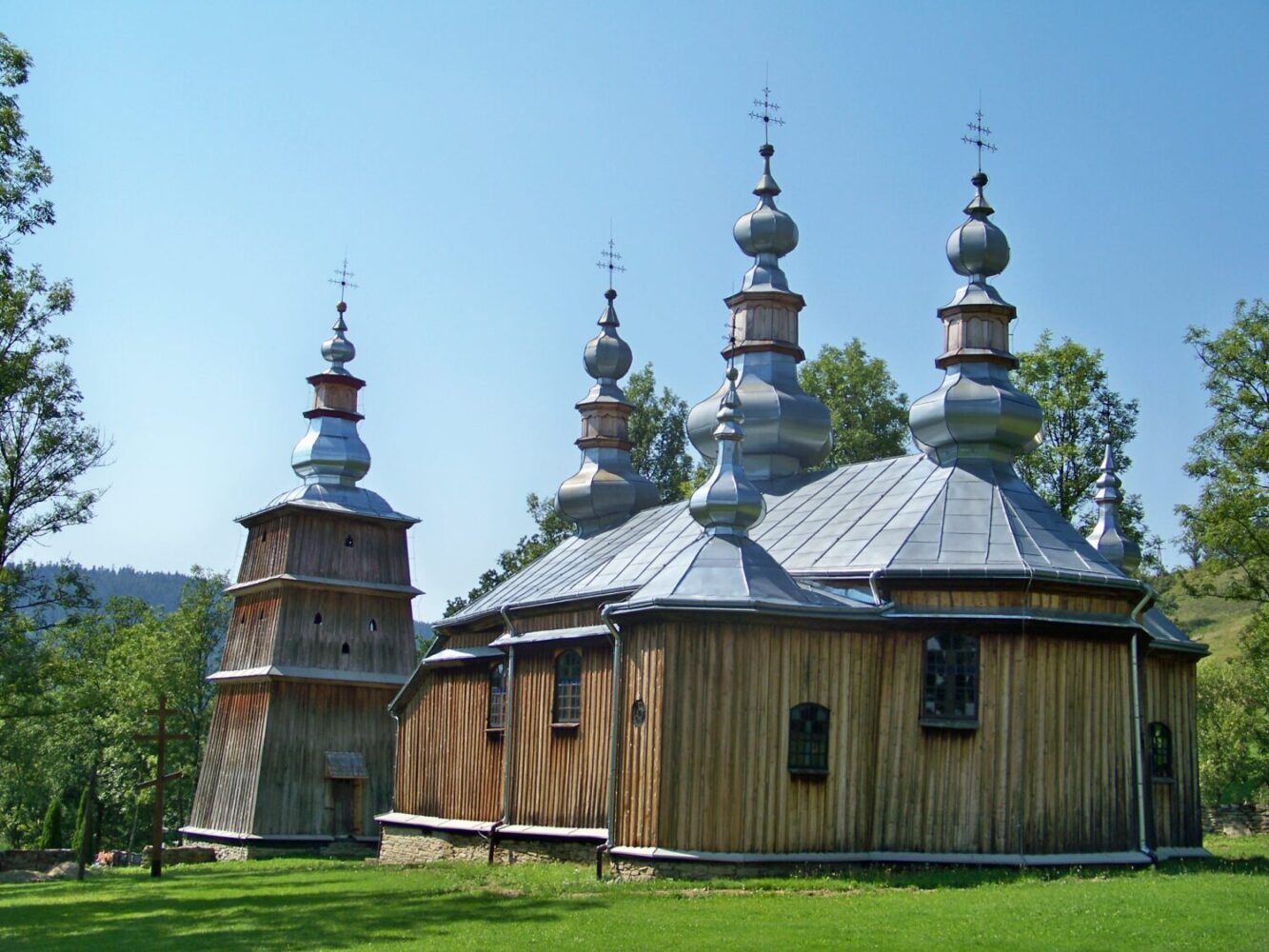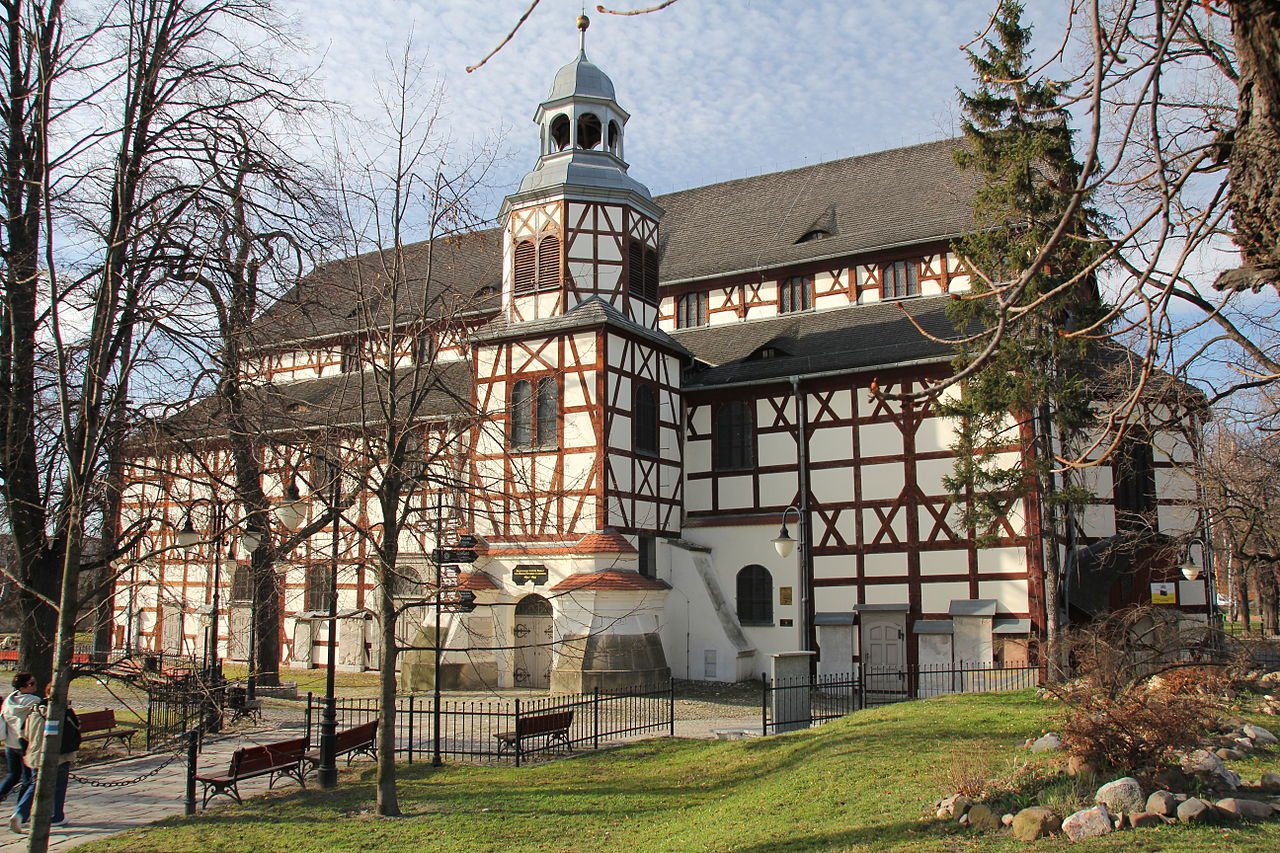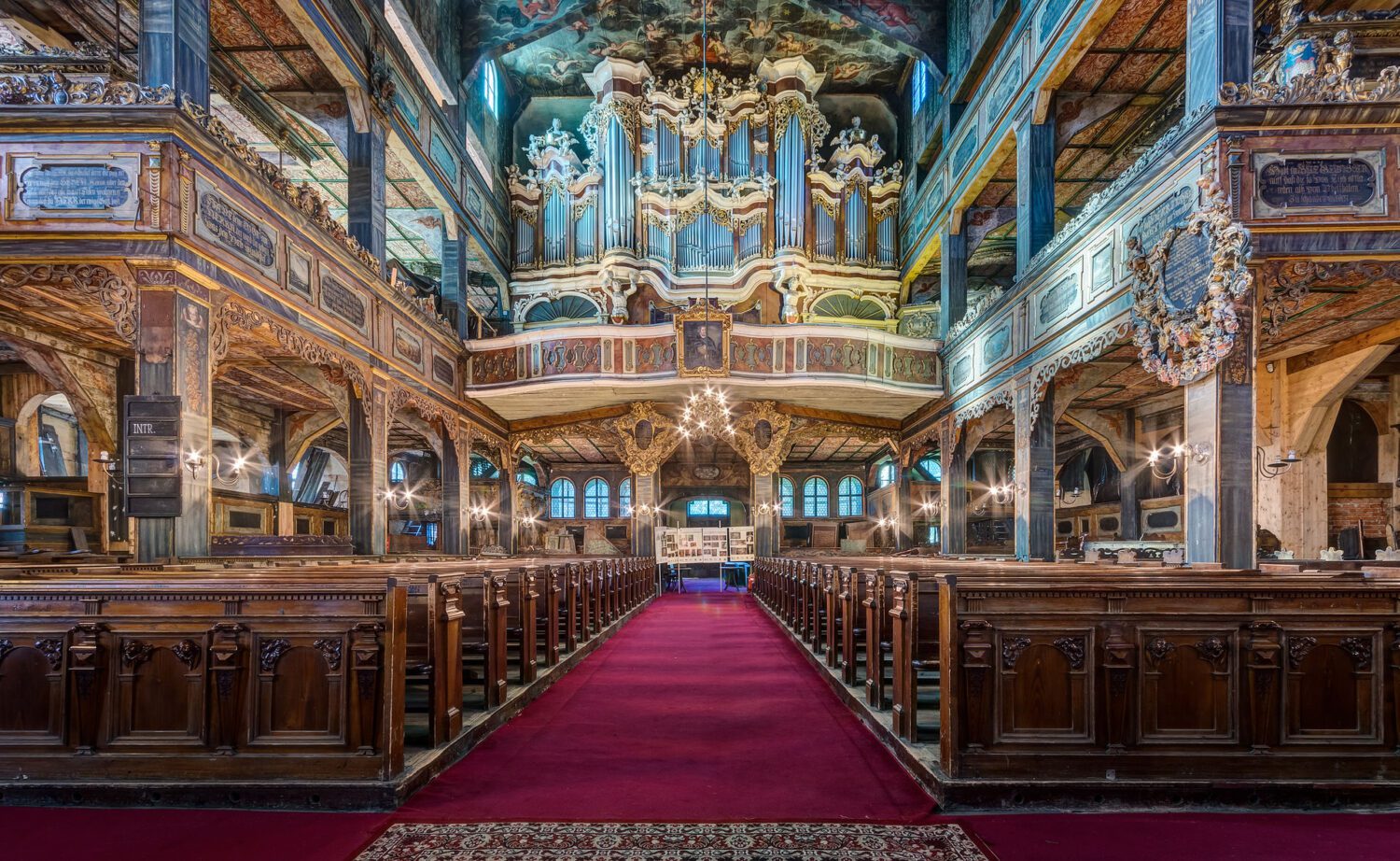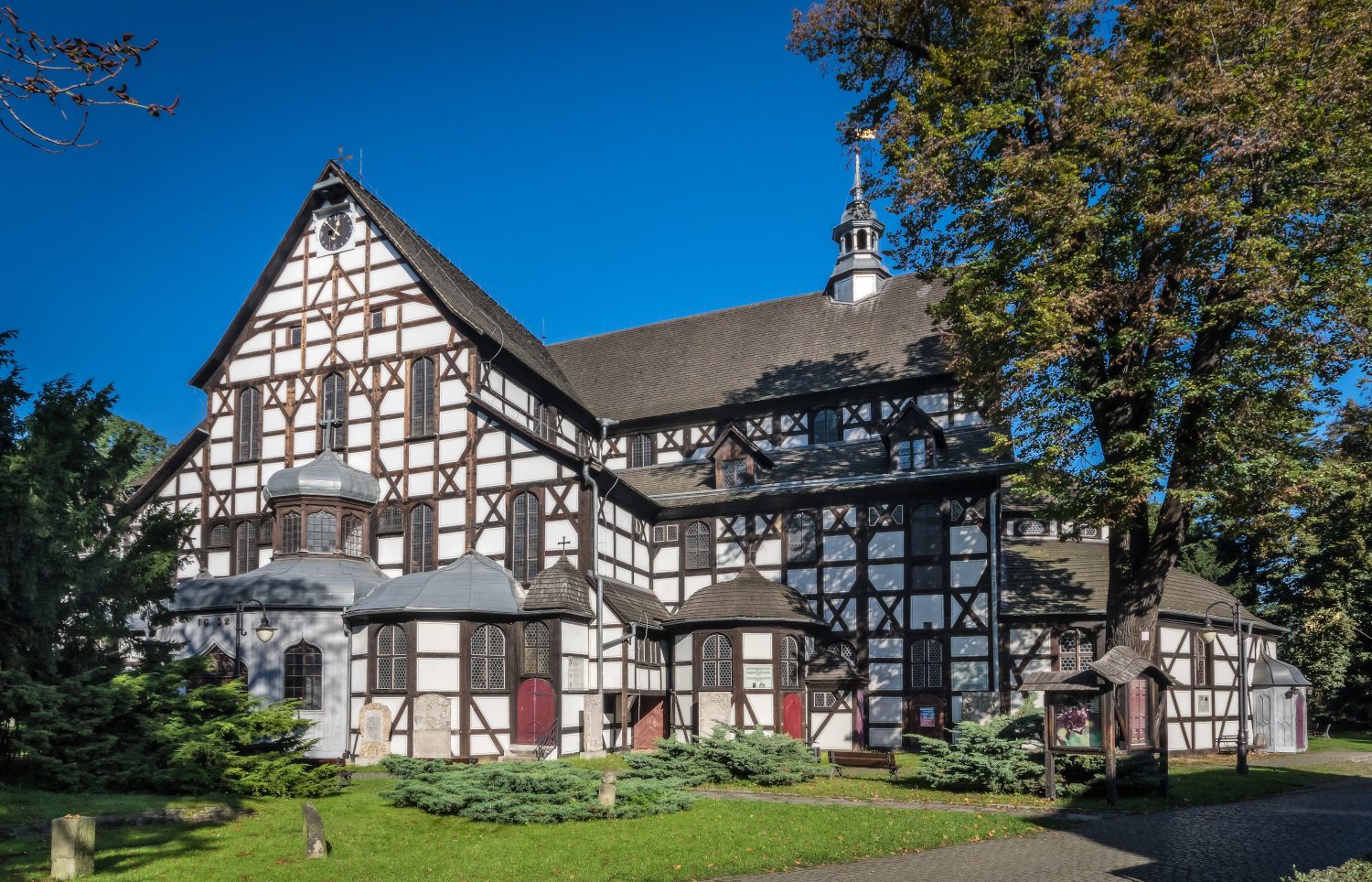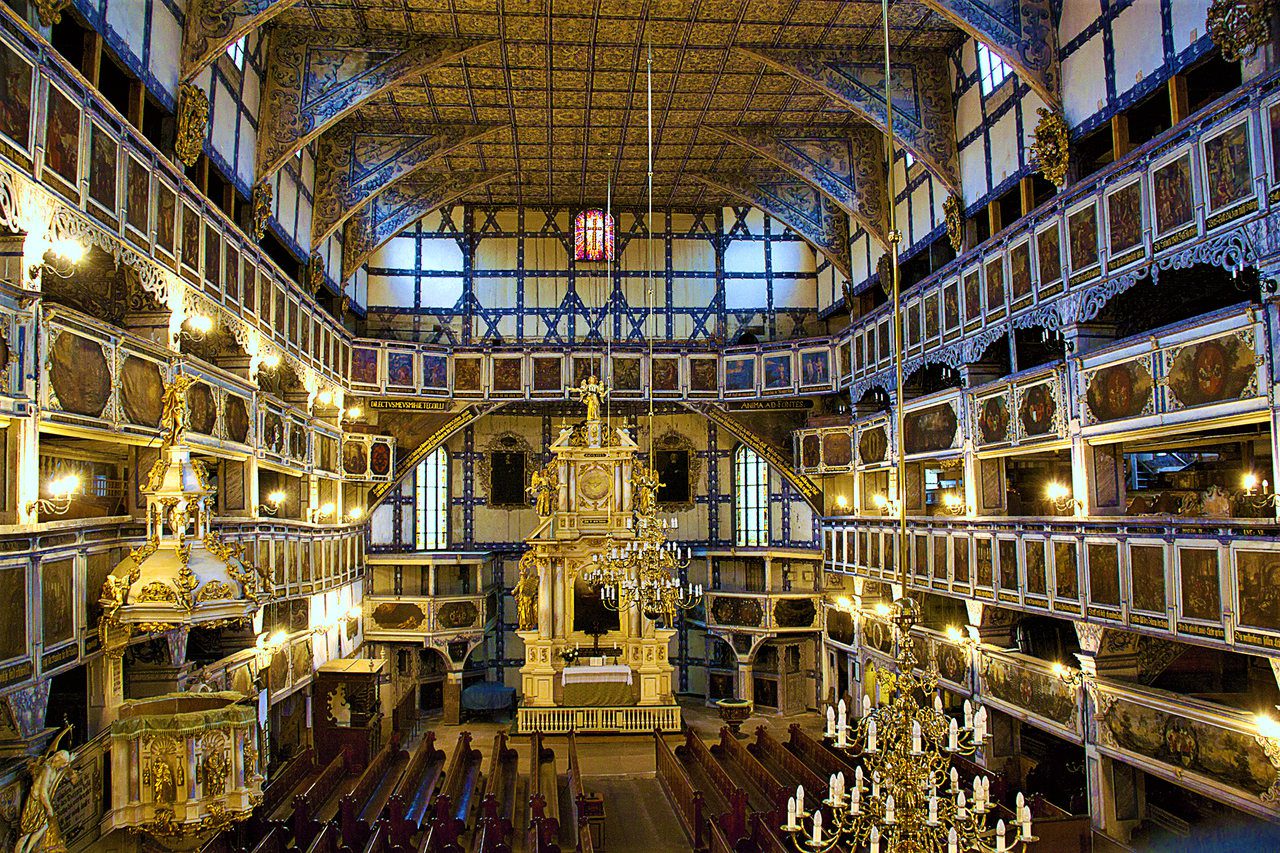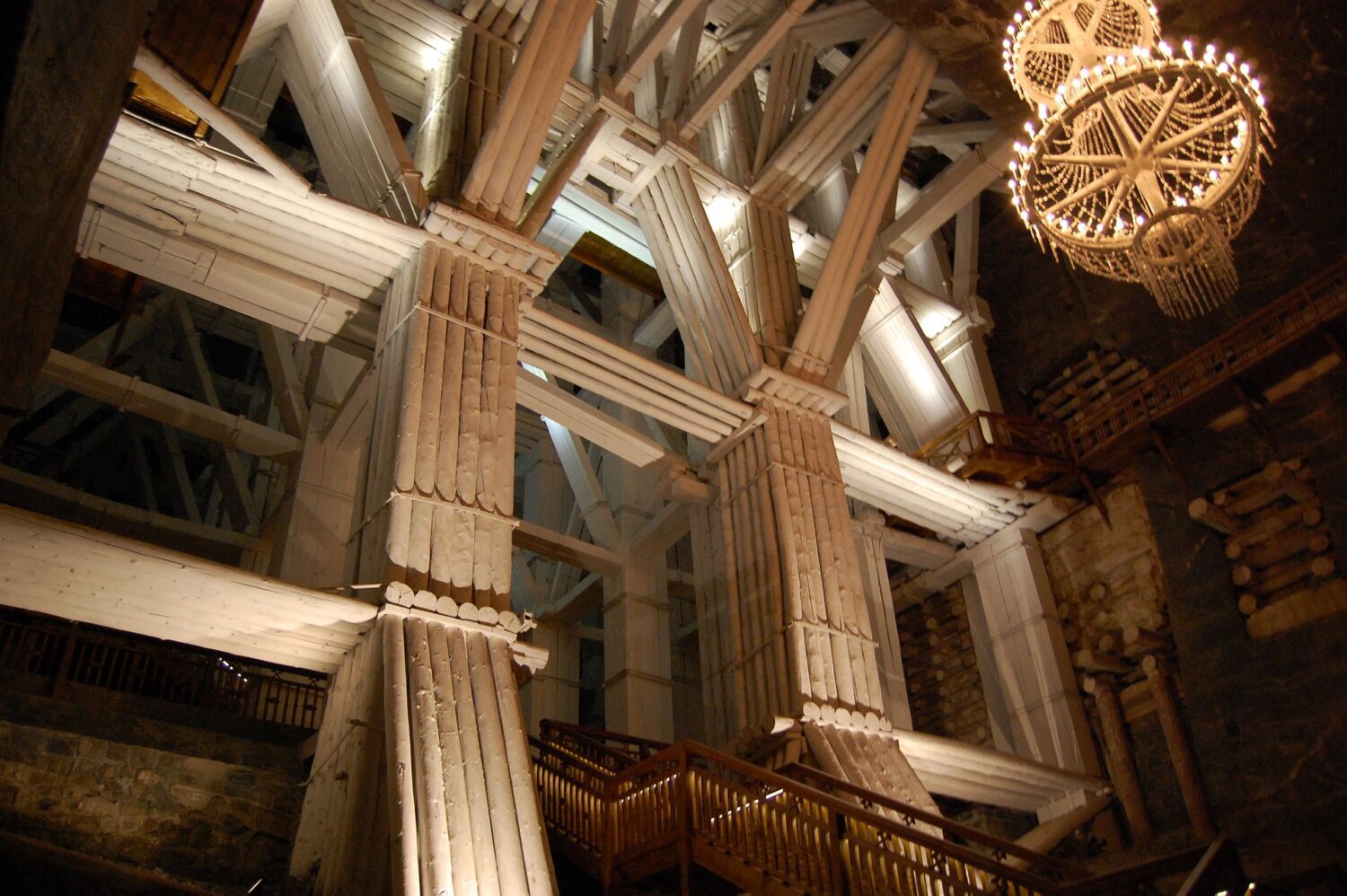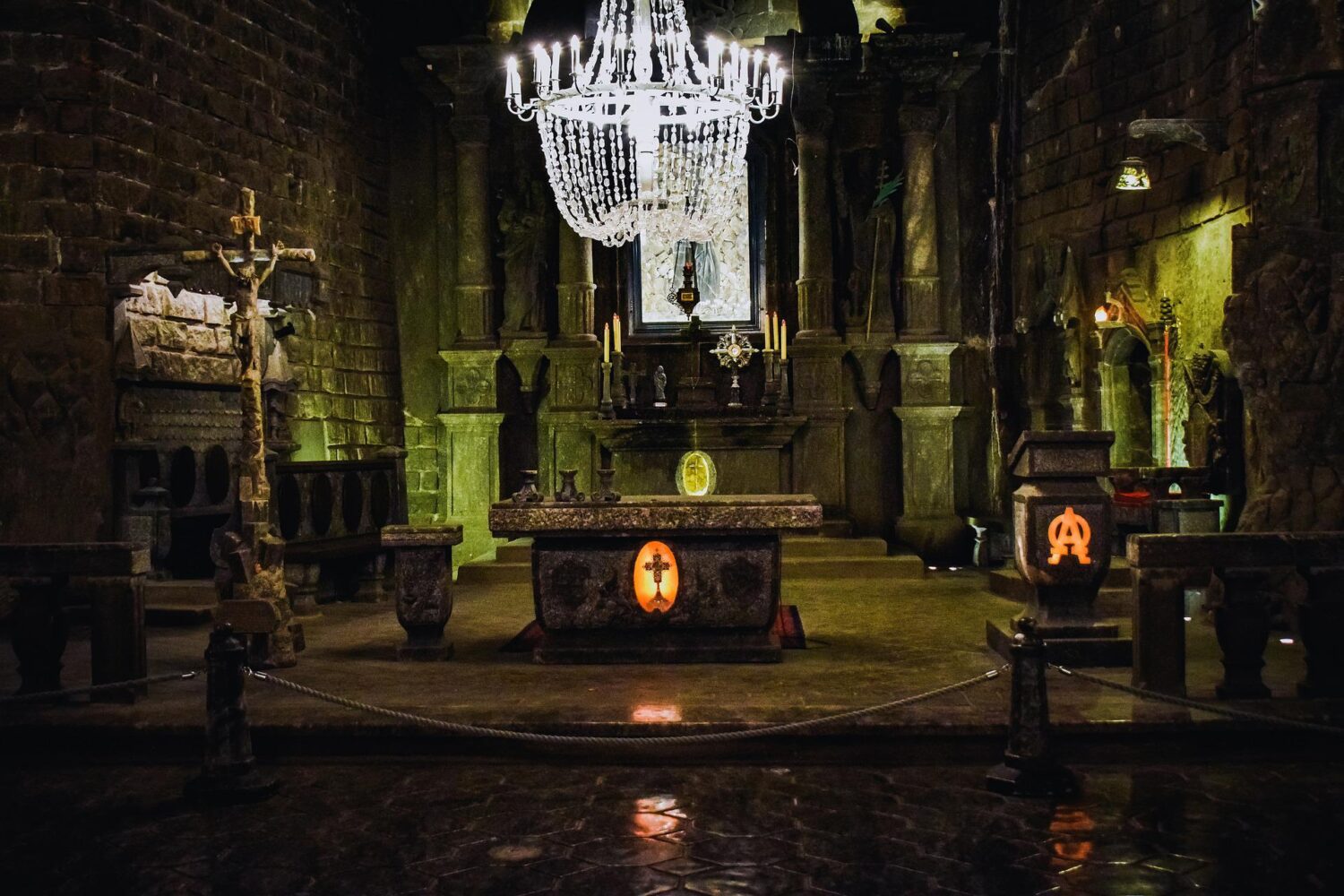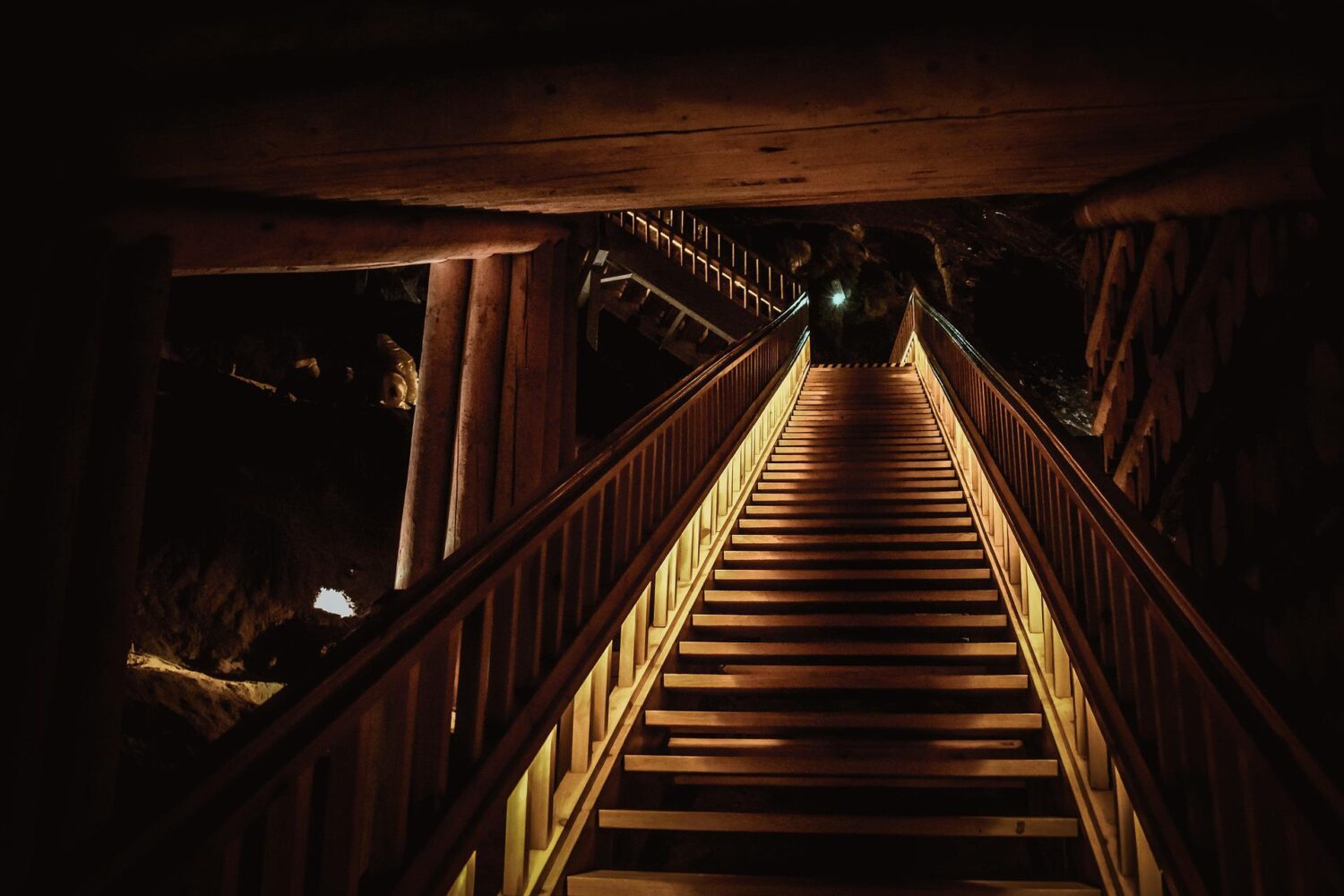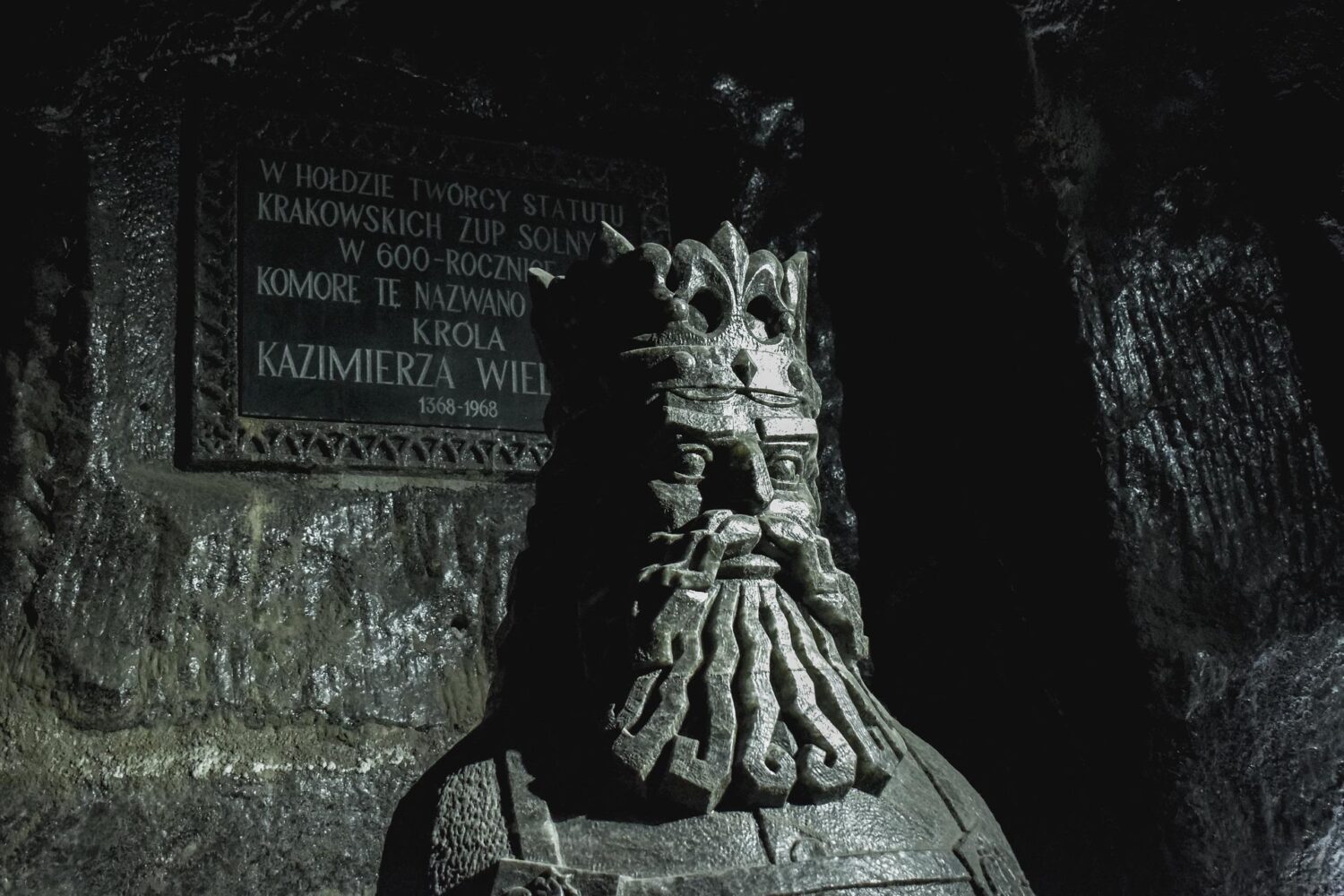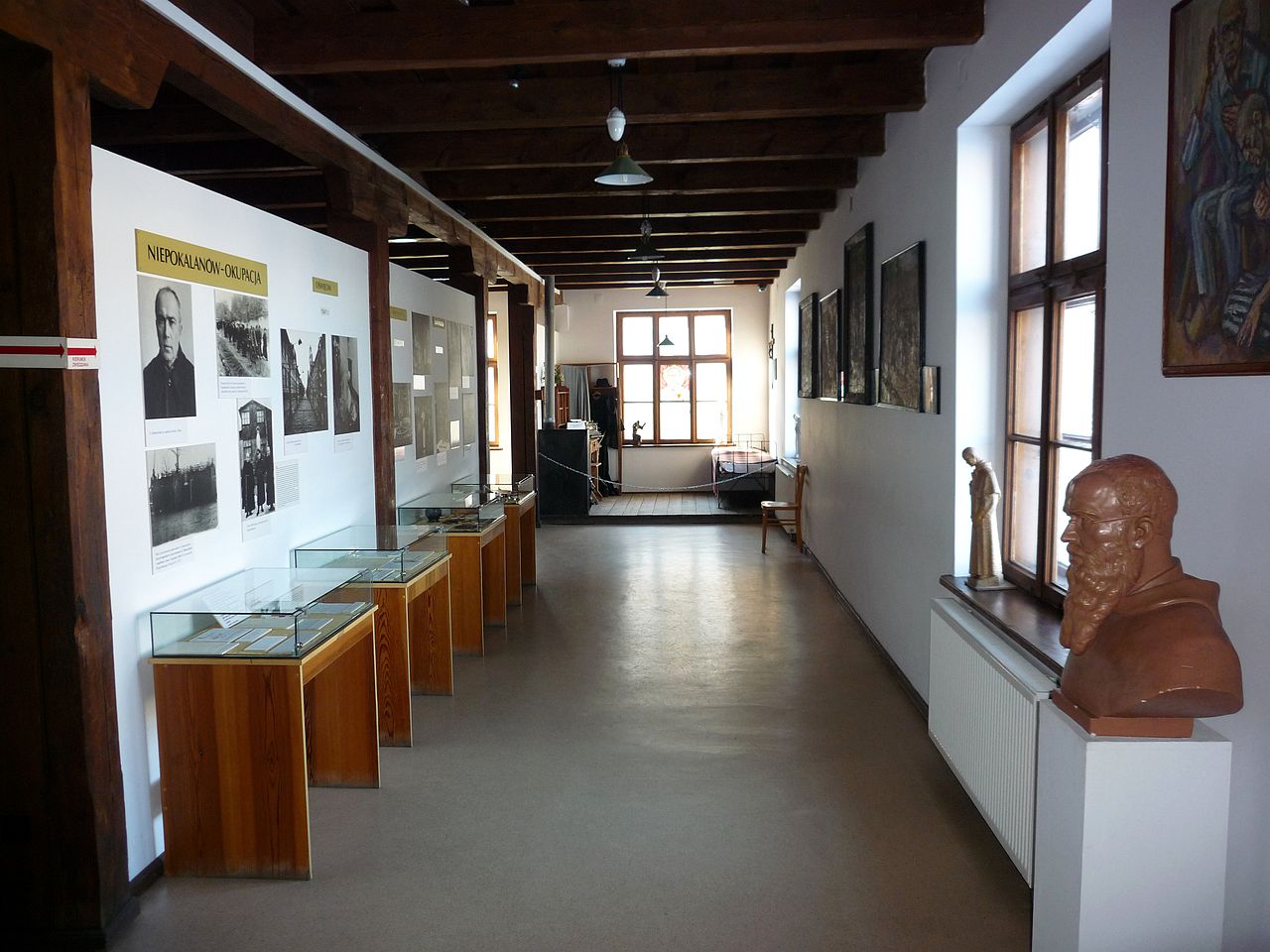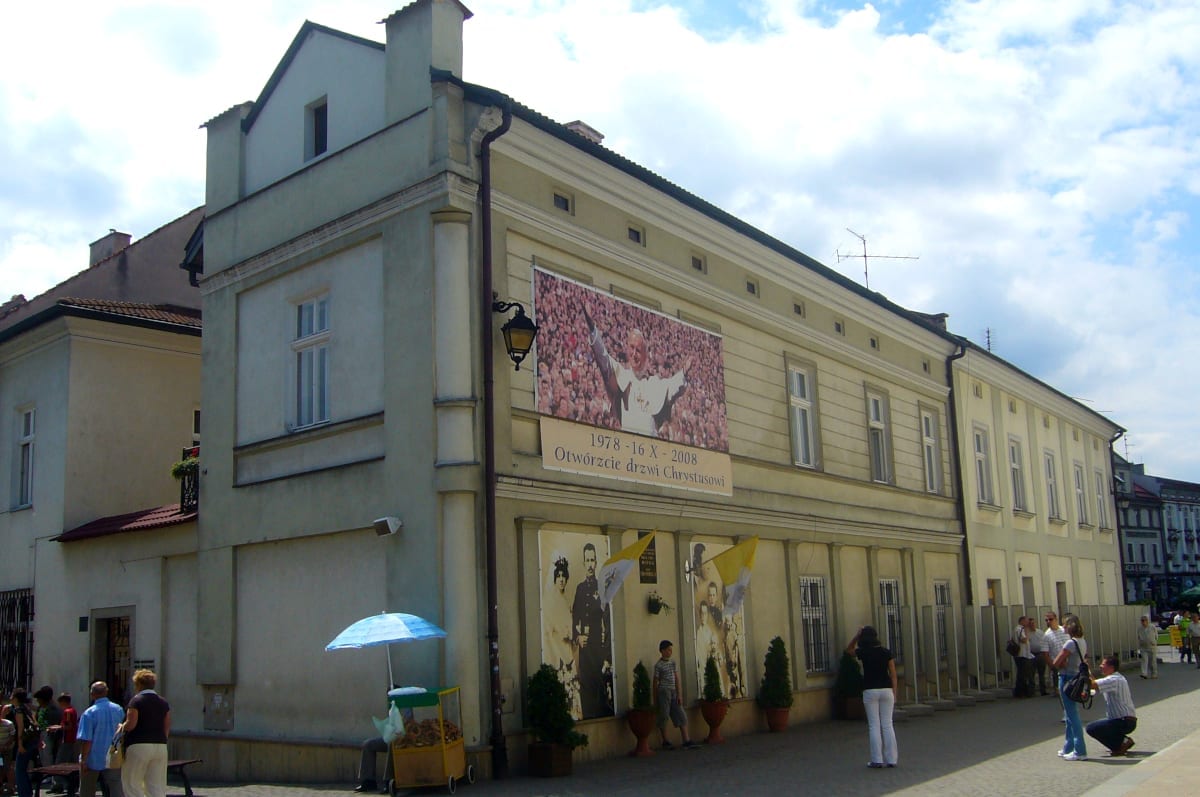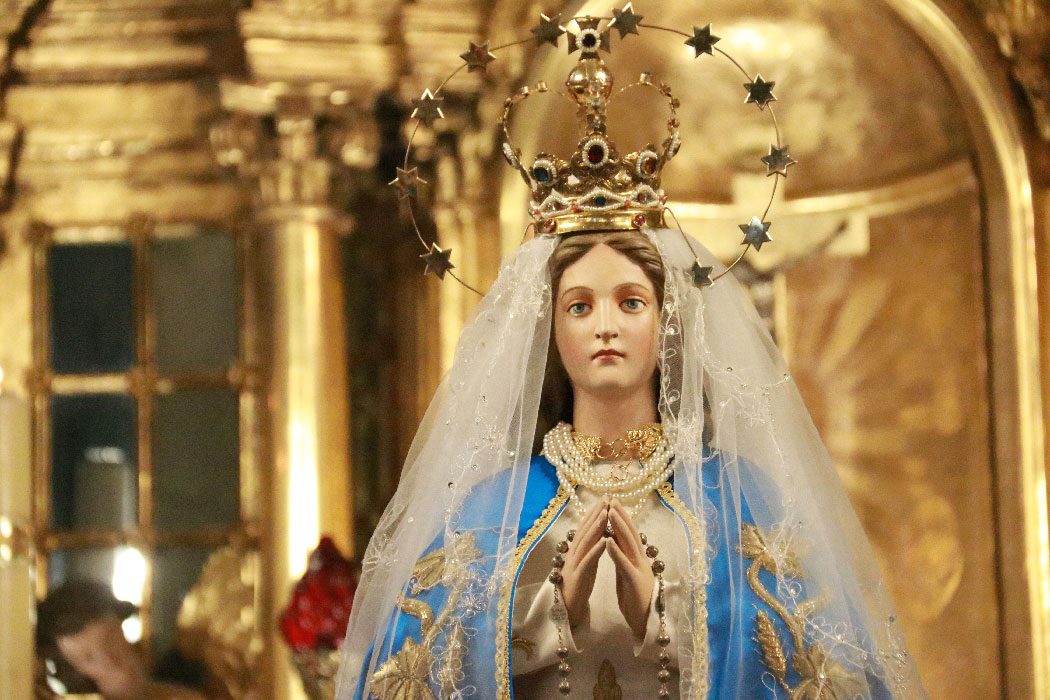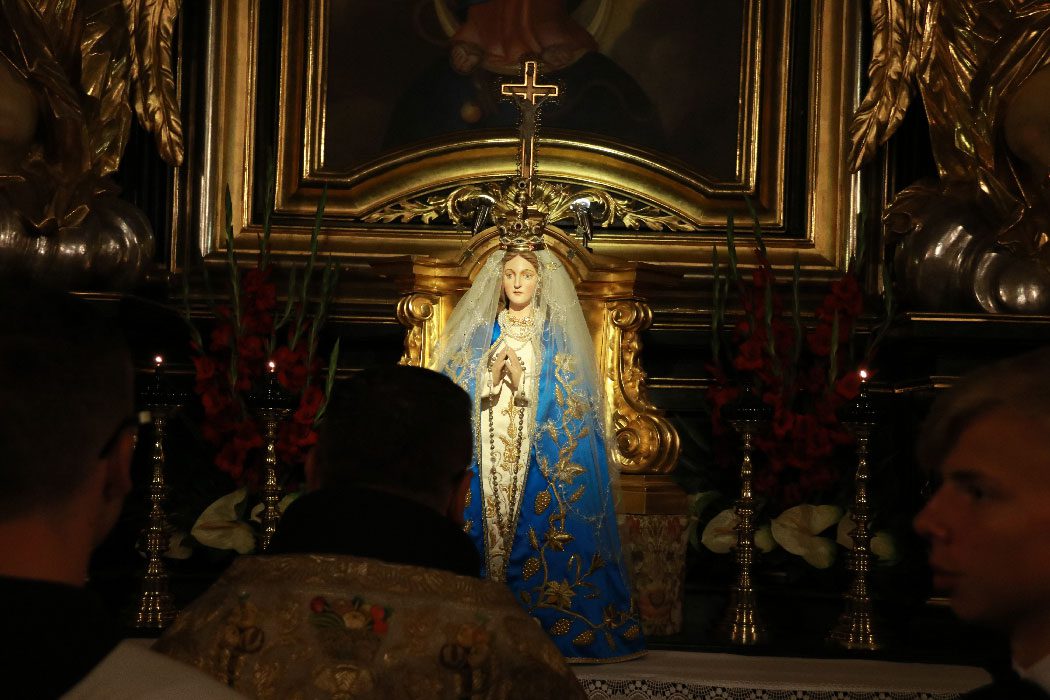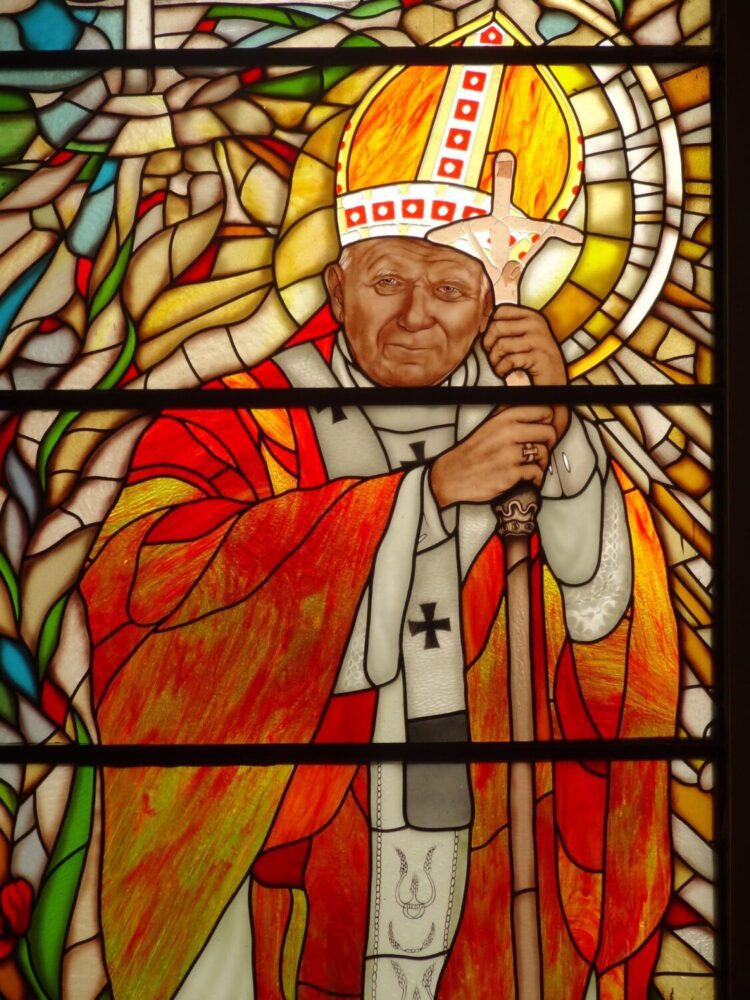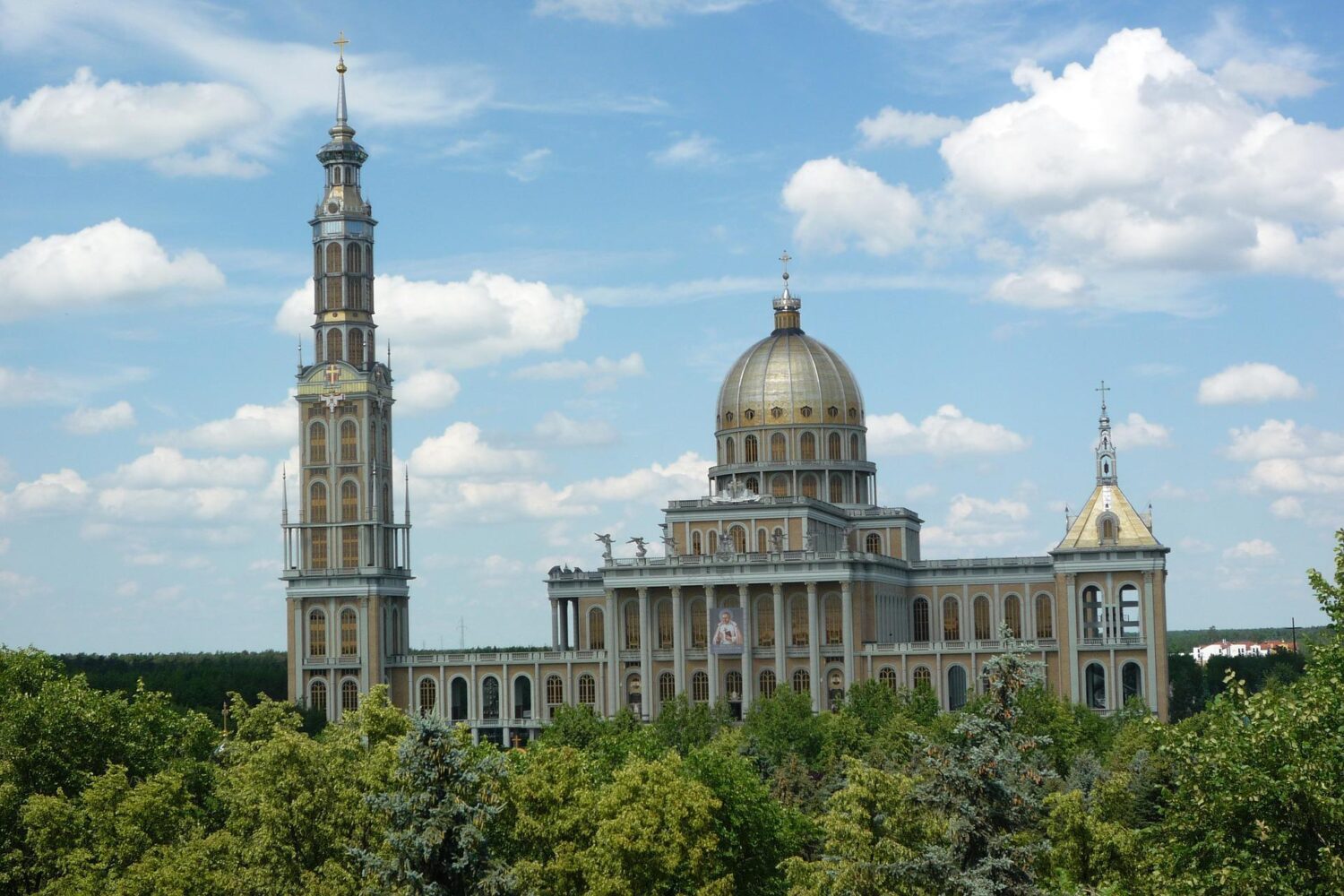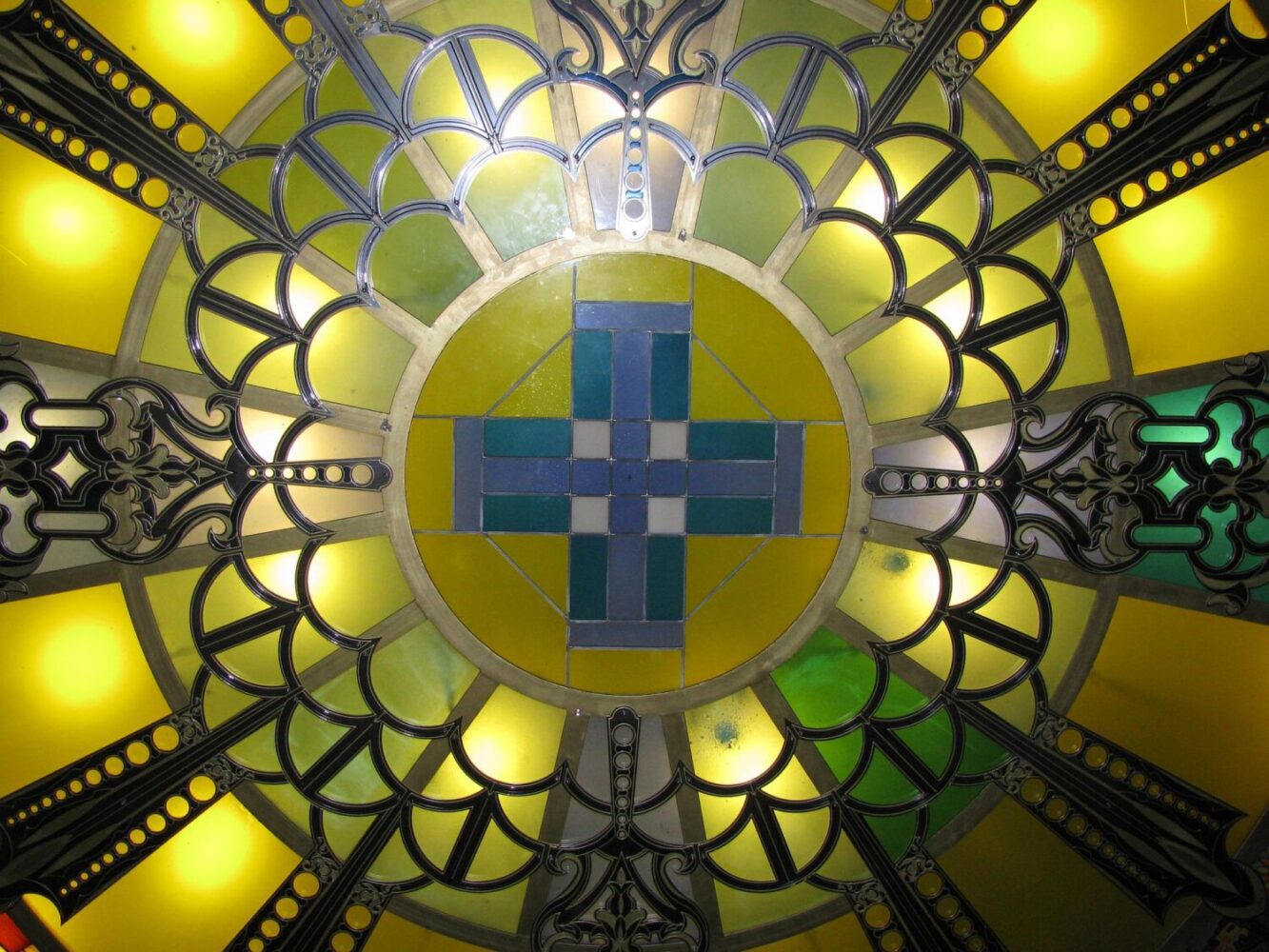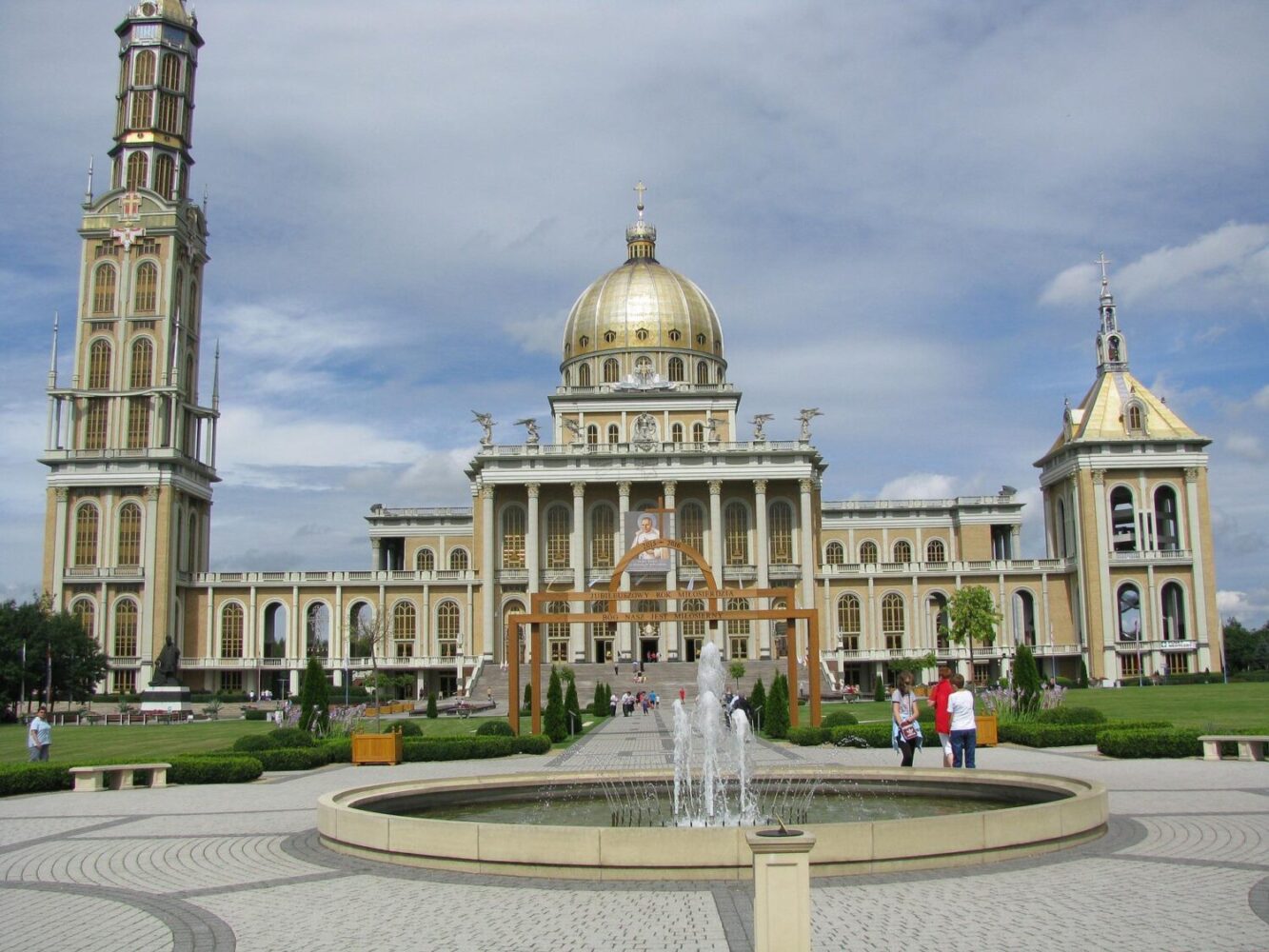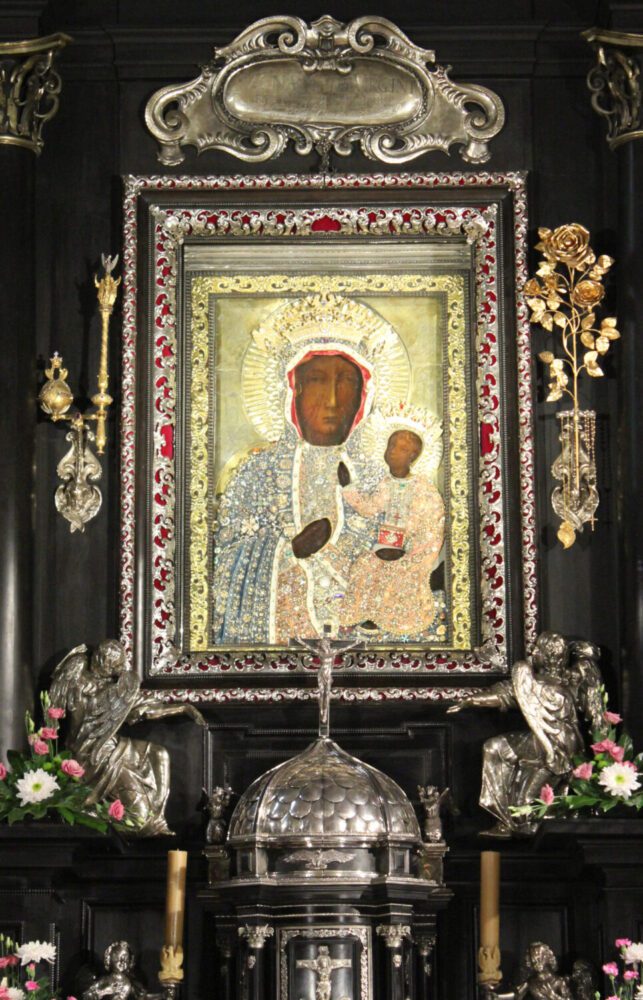Sanctuary of the Holy Cross Wood Relic
Holy Cross Wood Relic – Updated 16 January 2023.
Holy Cross Wood Relic
The Sanctuary of the Holy Cross Wood Relic, also known as the Sanctuary of the Holy Cross, is a religious site located in Kielce, Poland. It is home to a relic of the True Cross, which is a piece of wood said to be from the cross upon which Jesus was crucified. The relic was brought to Kielce in the 12th century by the bishop of Krakow, Iwo Odrowąż.
The sanctuary is a popular pilgrimage site, and it is visited by thousands of people each year. The Sanctuary of the Holy Cross is also home to a church, which was built in the 18th century, and the church features a unique baroque architecture. The relic of the True Cross is kept in the main altar of the church. There is also a museum on the site, which provides information about the history of the relic and the sanctuary.
Healing powers
The Sanctuary of the Holy Cross Wood Relic is considered one of the most important pilgrimage sites in Poland, and it is also a significant historical and cultural landmark in the region. The relic is believed to have healing powers, and it is said to be particularly effective in the treatment of eye diseases, and the Sanctuary is also visited by people seeking spiritual healing.
The Sanctuary of the Holy Cross Wood Relic is open to visitors all year round, and it can be accessed by foot or by car. Guided tours of the sanctuary and its museum are also available.
Święty Krzyż mountain
The Sanctuary of the Holy Cross Wood Relic and Museum of the Missionary Oblates of the Virgin Mary are located on Łysiec mountain, nowadays referred to as Święty Krzyż mountain.
Witchcraft and hellish parties
Święty Krzyż (Mount Holy Cross) is the second highest mountain in the region at 595m. If you believe local folk legend, the mountain was especially liked by witches and during their Sabbaths, they practised witchcraft and organised hellish parties and dances on the summit.
Pilgrims
Every year, the Holy Cross Sanctuary is visited by crowds of pilgrims, visitors and tourists, who want to see this unique place. In the church on the mountain you can see a valuable painting of Franciszek Smuglewicz, monastery porches, a sacristy, the Oleśnicki family’s chapel and the Museum of the Missionary Oblates of the Virgin Mary.
500 million years old
The Świętokrzyskie Mountains are not particularly high; however they are ancient. Quartzite has been discovered in the area that is 500 million years old. The highest peak is Mount Łysica at 614 m and is located within the Świętokrzyski National Park.
Holy Cross Province (Swietokrzyskie) is located in south eastern Poland and has the city of Kielce as its regional capital. Often referred to as, “The heart of Poland.”
Kielce
With a history dating back over 900 years, Kielce was once an important mining centre, today, the city and its surroundings are better known for their historic architecture, green spaces and recreational areas like the Świętokrzyski National Park and the Kadzielnia Reserve. Kielce is the only city in Europe which counts five nature reserves within its borders.
Attractions
There’s a lot of attractions to see in Kielce. The former Palace of the Kraków Bishops, the picturesque National Museum, Kielce Cathedral, and Dworek Laszczyków are must-sees.
